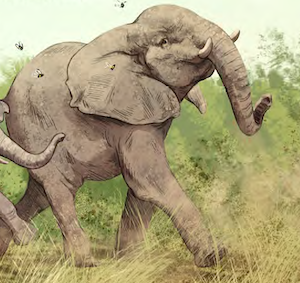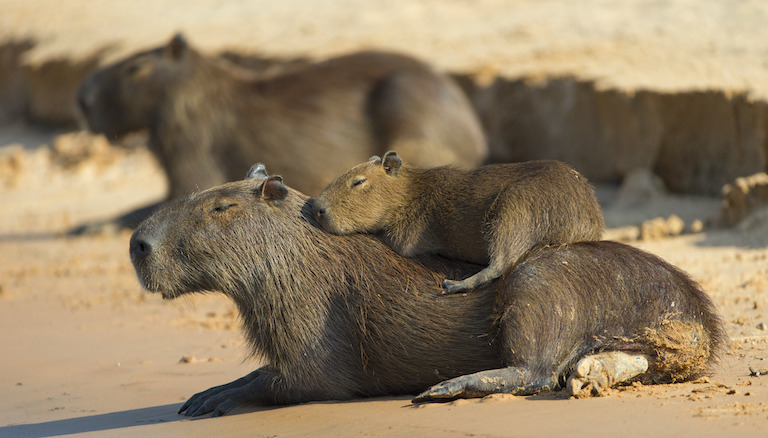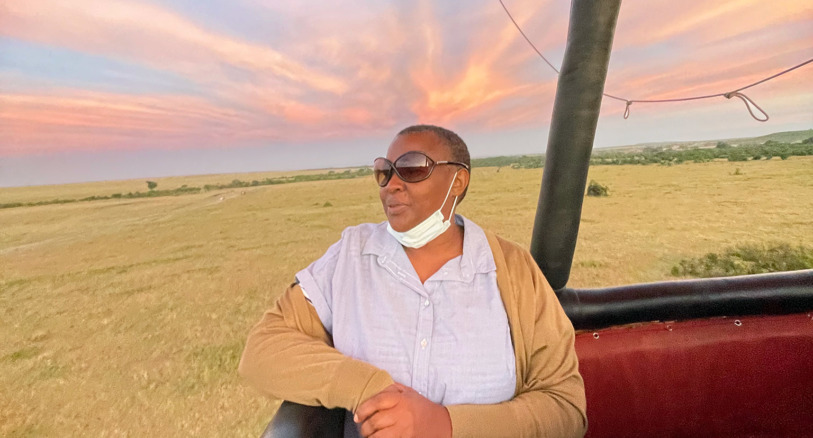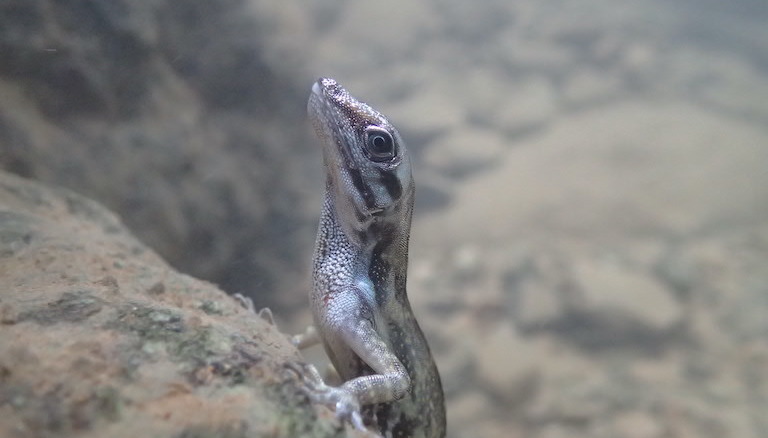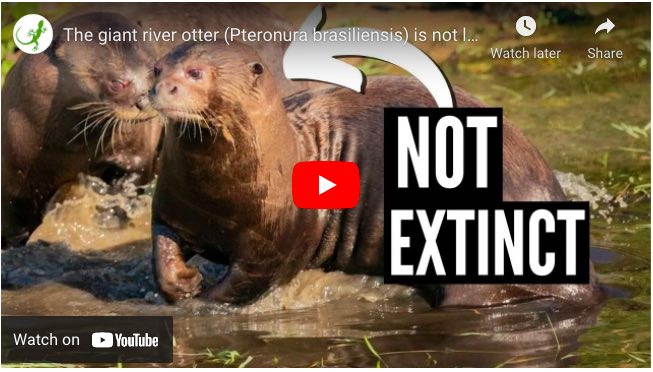What this article is about: Madagascar’s radiated tortoises are critically endangered. Conservationists are partnering with local communities to rewild 20,000 tortoises rescued from poaching and the illegal pet trade back into their unique spiny forest home.
Meet the radiated tortoise of Madagascar
Scientific name: Astrochelys radiata
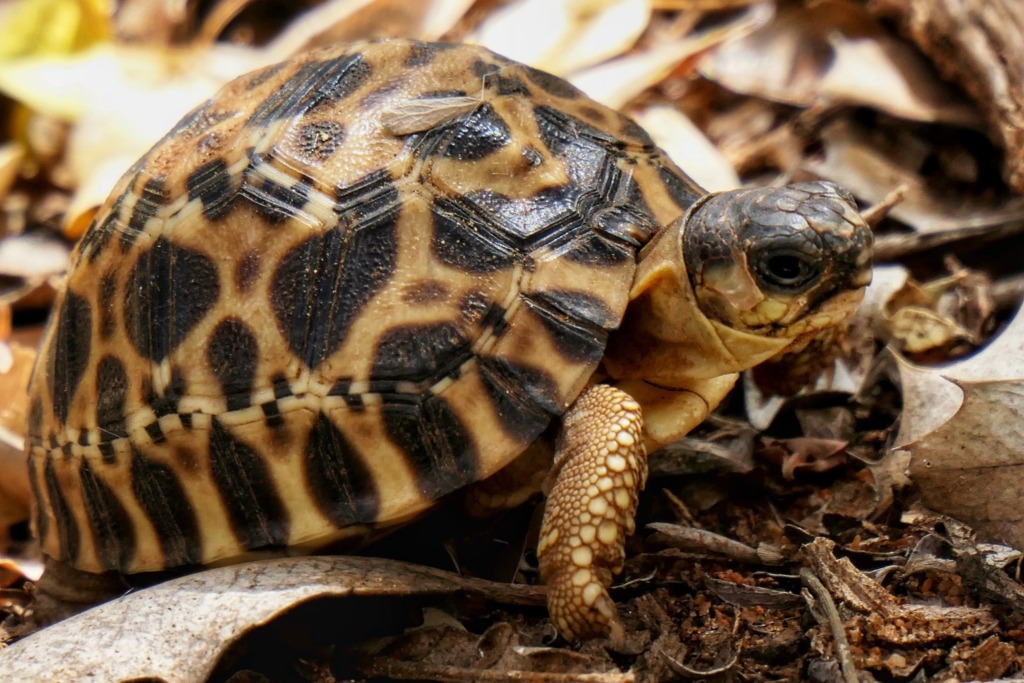
The radiated tortoise is one of the most endangered turtle species in the world. Their name comes from the star-shaped patterns on the plates of their carapace (shell). These tortoises can live for over 100 years.

Radiated tortoises live only in the spiny forests of southern Madagascar. These forests contain many thorny and spiny trees, shrubs, and succulents. For humans, spiny forests are difficult to navigate without being snagged or hurt. For radiated tortoises, the spiky plants are not dangerous … they are lunch.
Radiated tortoises feast on many plant species, especially enjoying the juicy fruits of cactuses. The tortoises help disperse the seeds of the plants they eat by pooping them out in other parts of the forest. In this way, radiated tortoises help the spiny forest regenerate.

Radiated tortoises were once so thick on the ground in protected reserves that people had to take care not to step on them! But now radiated tortoises are critically endangered. The number of radiated tortoises dropped by 80% over the last 20 years. Poaching is the greatest threat to radiated tortoises.
Why are radiated tortoises hunted?
Tens of thousands of radiated tortoises are taken from the wild each year, according to studies. Poachers prize the large adult tortoises for their meat, a local delicacy. Radiated tortoises can grow to 13 kilograms (29 pounds). Young tortoises are also taken from the wild to meet booming demand in the international pet trade.

Rewilding rescued tortoises
A team of tortoise-loving conservationists and communities in southern Madagascar are teaming up to help protect radiated tortoises. They aim to release thousands of rescued radiated tortoises back into their unique spiny forest home.
The Turtle Survival Alliance (known as TSA), a turtle conservation group, runs the Androy Tortoise Conservation Center in Madagascar. This center is home to 10,060 radiated tortoises, many of which were confiscated from the illegal pet trade.

The Androy center has 4,000 young tortoises ready for release into suitable spiny forests that are protected by tortoise-friendly local communities. At the age of roughly 15 years, these tortoises are large enough to evade natural predators and poachers looking for small animals for the pet trade. They are also too small to be targeted for the meat trade.

Finding and preparing well-protected tortoise release sites takes time. The TSA focuses on working with the Indigenous Tandroy and Mahafaly peoples living in the tortoise range.
Hery Razafimamonjiraibe, the TSA Madagascar country director, explains the importance of working with local communities: “The success of the reintroduction program absolutely depends on building relationships with the communities on whose land the initiative works. Without their support, nothing can be achieved.”

The TSA is helping communities protect patches of spiny forest and training anti-poaching teams. In return for community efforts, the TSA has built schools, installed reliable and clean water systems, and supports livelihood initiatives such as setting up farmer cooperatives.

Teams will monitor the radiated tortoises that are released into the wild to see how they are doing. If they do well, there are plans to release up to 20,000 tortoises into the spiny forest in the years ahead.
Review questions
- Where do radiated tortoises live? Name the country and type of habitat where they are found.
- What do radiated tortoises eat and how do they help spiny forests grow?
- According to the article, what is the main threat to radiated tortoises?
- The Turtle Survival Alliance (TSA) conservation group has rescued thousands of radiated tortoises, many from the illegal pet trade, and houses them in a rescue center. What do they hope to do with these tortoises in the future?
- Why do you think it is important for conservation groups like TSA to work with local people to help protect endangered species like the radiated tortoise?
- Can you think of any endangered species that live in your local area? How are they being protected?
David Brown adapted this story for Mongabay Kids. It is based on an article by Carolyn Cowan, published on Mongabay News:

